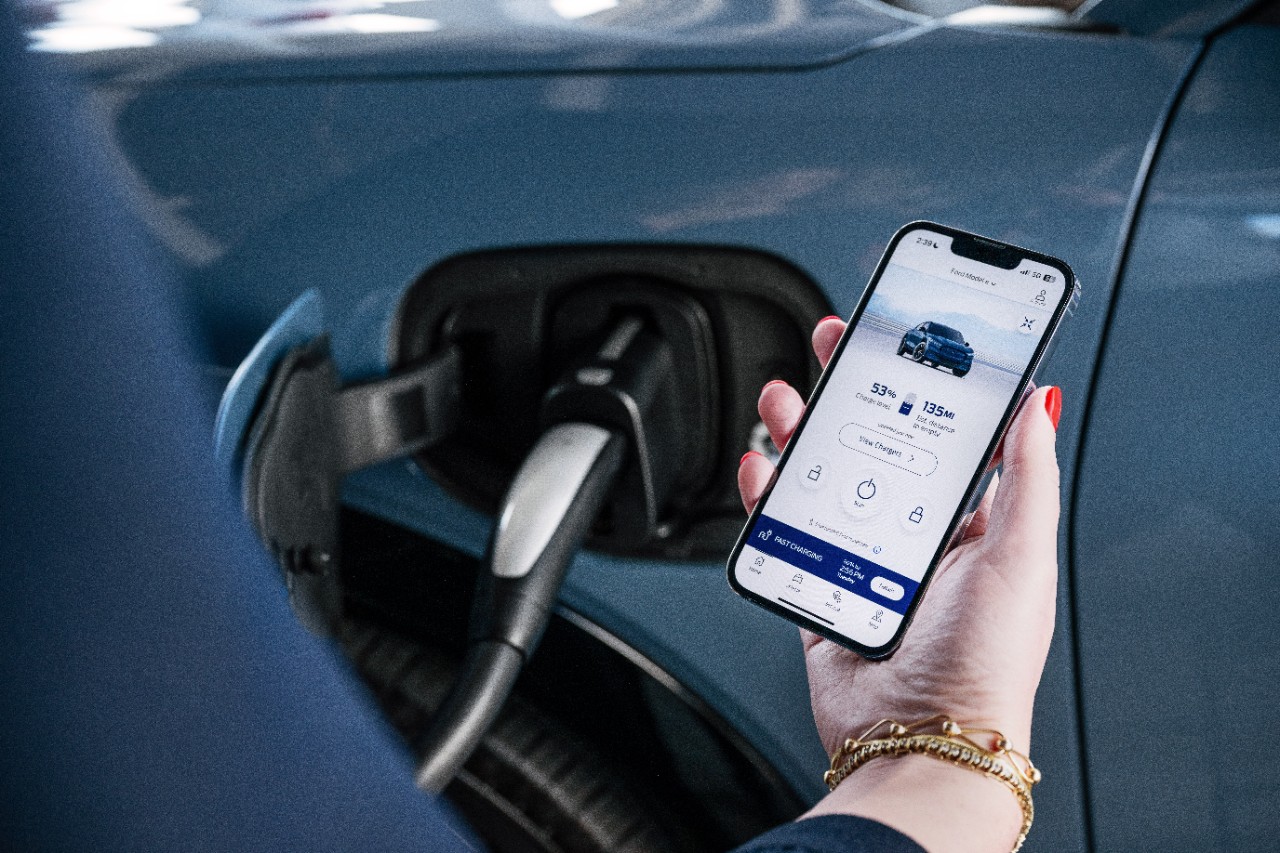
Convert Air Transport to Hydrogen

A Proposal to Convert Air Transport to Clean Hydrogen (CATCH)
Air transport produces twelve percent of all transportation greenhouse gas and disproportionately accounts for 4-9% of human climate change impact. These percentages are growing, and foreseeable increased efficiencies using Jet A fuel will not offset the trend. The 2004-2005 ramp up in petroleum price nearly swamped the industry. Air transport has a fuel problem.
Carbon emissions from commercial aircraft can be reduced to zero by converting to hydrogen fuel. Futuristic? Wait for the elusive hydrogen economy? Not necessarily. An air service as a demonstration could be in place in ten years. With proven performance, the advantages would compel the industry to convert.
Air industries do not need supersonic aircraft, pulse engines or biofuel. The need is for a hydrogen fueled workhorse. Call it the DC-3 of the next generation sustainable commercial air fleet. A demonstration of CATCH gives us an airframe and engine that dramatically reduces emissions and kicks off the hydrogen economy. Issues of world trade and economics, oil dependency, energy, security, global warming, and needed next generation activities and value added jobs all intersect in support of this demonstration.
CATCH proposes liquid hydrogen (LH2) production and electric energy production from a new sustainable source be located at airports to eliminate cost and vulnerability of all distribution infrastructure for fuel and power. Hydrolysis of water and burning of hydrogen is a neutral cycle. Water vapor as high altitude GHG has a limited duration. Nitrous oxides can be limited by turbine design. There are no new major technological breakthroughs necessary for power generation, hydrolysis, liquefaction, aircraft turbine, or on-site and on-board fuel management. Explosion and fire hazard of hydrogen are no greater than for aviation fuel. Many argue less.
SYNOPSIS AND BACKGROUND
The feasibility of a LH2 Experimental Aircraft Program (LEAP) was discussed at a Stuttgart symposium in 1979 by a consortium of countries considering a fleet of Lockheed L1011 retrofitted hydrogen fueled jets operating between certain airports. The initiative dried up as petroleum shortages eased and a hydrogen supply was not addressed. CATCH differs from LEAP by creating the aircraft and the fuel simultaneously, setting in motion a new stream of development, a pathway to a safer non-polluting economically stable worldwide airline industry and a blueprint for a large mitigating step to slow global warming. CATCH is a “going-to-the-moon” response to today’s challenges.
POWER GENERATION, HYDROGEN PRODUCTION, LIQUEFACTION AND FUELING
Only sustainable renewable or nuclear energy is used for electrical power to support hydrogen production and liquefaction. Grid connection would allow sale of excess power broadening the green impact and offsetting cost. By launching new demand for hydrogen, CATCH stimulates the needed evolution in sustainable hydrogen production methods such as high temperature electrolysis and advances in next generation nuclear power reactors coupled to HTE. Air products of California, a leader in LH2 management, supports California’s Hydrogen Highway program and other hydrogen fueled initiatives globally. Various airports around the world use hydrogen fueled buses and service vehicles and have LH2 fuel storage and dispensing. NASA’s programs with cryogenic hydrogen is a resource. Hydrogen storage and pipeline exist at petroleum refineries and elsewhere. These experiences provide a substantial basis for LH2 fuel management.
THE AIRCRAFT AND TURBINE
Repeated analyses conclude an LH2 aircraft will be lighter, cleaner, quieter, safer, more efficient and have greater payload and range for equivalent total weight of a Jet A fueled aircraft. The Russian Tupolev-154 is an early effort. NASA’s Suntan Project in the 1950s produced a Pratt and Whitney prototype Model 304 hydrogen fueled turbine engine. The well known Lockheed of California program, 1972 to 1984, led by Daniel Brewer is extensive. The European efforts in the 1990’s by German-Russian activity, and the comprehensive Cryoplane Project released in 2001 are major examples. The latter was led by Airbus Deutschland with thirty-five partners from the aviation sector. The treatise by Marek, Smith and Kundu on Low Emission Hydrogen Combustors for Gas Turbines (NASA Glenn Research Center, 2005) is a significant example of continued interest. These analyses as a whole show there are no critical technical barriers to airframe and engine designs. The stickiest challenge will be not loosing the weight advantage of hydrogen to pressure containment structure.
FROM VISION TO REALITY – PROPOSAL OWNERSHIP AND ENLARGEMENT
CATCH requires an entity to assume ownership and provide leadership. The first step, an informed judgement, is challenging but not complicated. President John Kennedy simply stated “We choose to go to the moon”. A nation, or group of nations, can choose to put air transport on the path to hydrogen. The U.S. could implement CATCH as a multi-agency project of DOE and NASA with contributions from FAA and EPA. These agencies have past and currently funded activity that can inform and plan the demonstration. The pooling of these resources can provide the critical path, management and funding for success. Catch is no small undertaking. The Center for Defense Information indicates the cost of missile defense program developments in the period 2002-2009 was 63 billion dollars. Which is the better value, unproven missile defense, or a CATCH demonstration?
CATCH can be part of our vital new global energy policy. Properly conceived, CATCH establishes a “how to” pathway, and culminates with operational aircraft. Most importantly, it points to economic incentive for replications leading to industry wide conversion. CATCH not only mitigates global warming, but is a tool for stimulus, new jobs and trade. It illuminates the path to a similar conversion for other transport, is an enterprise for international participation and public/private cooperation, and lastly, gives us the confidence to believe we are a people capable of guiding our movement to a sustainable future on this planet.
The Airbus analysis concluded that the potential for world growth in air transport can only be met with a reliably available replacement for unsustainable Jet A fuel. Hydrogen is that sustainable replacement. CATCH may be an old vision, but it is valid and never more timely. The help of all those who share this vision is needed to distribute CATCH to appropriate international leadership in government, science, energy, national security, affected corporations, NGOs, media, and others. Express your support. Spread the word. Make hydrogen aircraft a reality.
*************

















